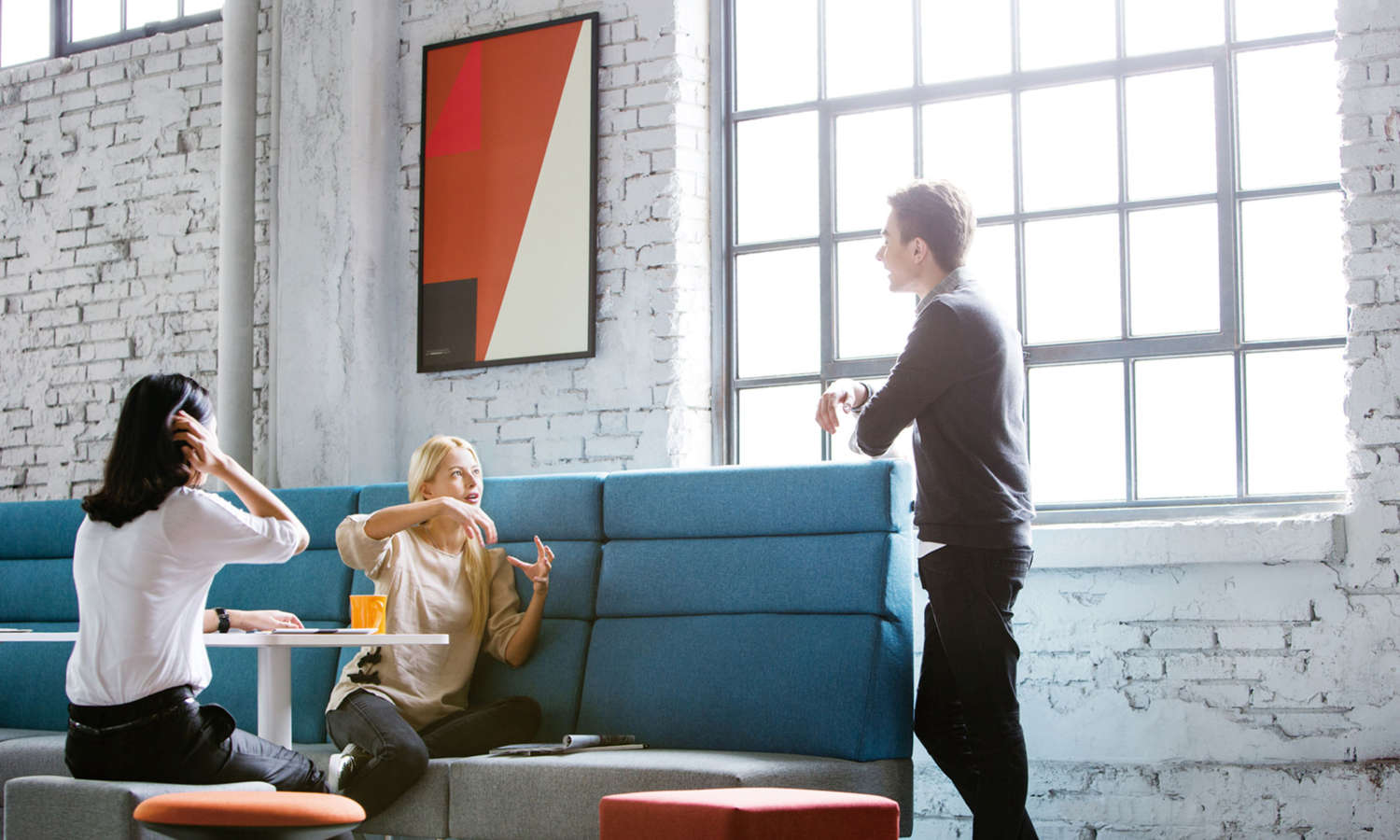
The changing face of coworking space
You don’t have to be young, hip, and working for a tech startup to enjoy the benefits of a coworking space. These days, many mainstream businesses are also embracing the concept.
In fact, the number of global coworking spaces is expected to grow from around 11,000 in 2016 to just over 26,000 in 2020, with just over 3.8 million coworking members. And according to Barfoot and Thompson, last year Kiwi coworking offices totalled about 13,900 square metres but by the end of this year that’s likely to triple.
So given its meteoric rise in popularity, what’s the attraction of coworking space? It seems there are two factors at play — the attraction of coworking is both economic and creative.
The economic attraction of coworking spaces
Coworking spaces have become an attractive choice for property developers and landlords looking to fill and optimise floor space, as the cost of space increases and more traditional tenants such as retailers downsize. So it’s a good option if you own the space.
It’s also a good option if you lease space. Coworking strategies can lower a company’s real estate costs and provide greater flexibility for managing space, especially for businesses with highly mobile employees. And for young and/or small businesses, coworking spaces are a godsend, providing an easy one-stop real estate solution.
The creative attraction of coworking spaces
What constitutes a job is no longer neatly bound by the nine-to-five, 40-hour work week. Good employers recognise this and are looking to increase employee productivity with tools like flexibility, reduced commutes and compelling work environments.
Coworking spaces are ideal for people who are prioritising finding meaningful work, building community, and challenging conventional business practices. And coworking operators are constantly lifting their game to deliver on the hospitality and community activation needed to support the culture of theses spaces — the creative vibe.

The WeWork space in London
What’s next for coworking?
There are two key drivers of change in the workforce which underpin the growth in coworking; millennials in the workforce, and technology. Millennials want flexibility and think about ‘gigs’ rather than careers, and technology no longer constrains us to one place — we can work anywhere and anytime.
Here are three trends to look out for.
# Tailored coworking
As the concept matures, differentiators will become more important as pressure to stand out from the coworking crowd increases. This may take the form of unique fitouts for members, greater focus on targeting specific sectors, providing members with additional benefits such as healthcare, insurance and other memberships.
# Access to support and community
Increasingly members will be seeking more value add from coworking operators on how to help their companies grow and access to investors or accelerators will play a more important role, while the coworking community will continue to be important.
# Coworking morphs into coliving
Taking the space as a service model to the next level, we’ll be seeing affordable space matched with affordable on-site accommodation. Companies like WeWork are translating space sharing into a concept closely connected to the lifestyle and work habits of younger generations. The millennials who are much more comfortable with temporary accommodation solutions than older generations.

Bedroom in Common home “Havemeyer”, New York
Hospitality providers enter the coworking game
It’s happening in the US. In 2016, Serendipity Labs began partnering with hospitality brands to develop franchised coworking spaces for hotels.
And Hilton have introduced a new hotel experience, Tru. They’re pitching it as vibrant, affordable and young-at-heart. It features lobby’s equipped with semi-private, sound absorbing alcoves for individual work, and lounge spaces for collaborating. Guests can print from anywhere in the hotel with free wireless printing (and sip on free coffee).
The Venture X shared workspace franchise is also currently developing 14 new locations across the US and introducing the concept globally this year — a blend of boutique hotel and offices.
And coming to Asia Pacific. In June this year, Next Story Group announced their new concept Kafnu. ‘Synthesizing the best aspects of coworking, coliving, hotel, retail and private club, Kafnu is a blended space designed for the new generation of creators, from entrepreneurs to remote workers to artists to global nomads’.
New design opportunities
It seems coworking is continuing its roller coaster ride from its early days as the bastion of the young and hip, maturing into a mainstream concept.
Will the combined coworking and coliving concept go the same way?
Whichever way you look at it there are great design opportunities for work, space and furniture!
Exciting times ahead.
At Crestline Furniture Systems, we’re continually evolving our product offering to ensure it encompasses the latest developments in workplace thinking. Our mission is to help create vibrant and effective workspaces where people love to work. Want to find out more? Give us a call on 09 257 5015 or email info@crestline.co.nz
